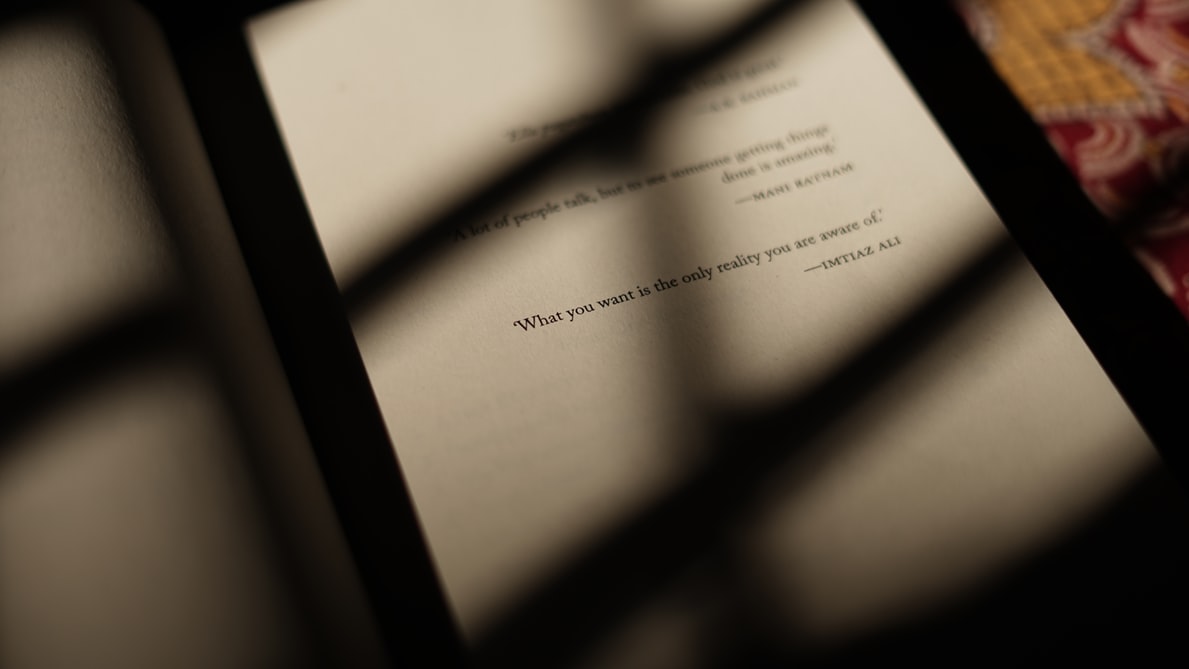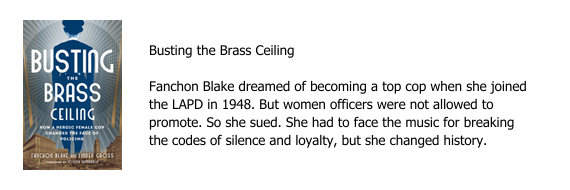Want your book to be taken seriously? Then make sure you self-publish like a pro, starting with all the essential book elements.
Not every book features all book elements. In the list below, I’ll indicate which are optional and which are not. But at least you’ll know what you’re options are, along with what they’re called. On that note, here are three terms that could help you when talking with designers, editors or publishers:
- Front matter: The first few pages of a book before the main text starts.
- Text: The content you’ve been working on for so long.
- Back matter: The last few pages of a book where notes, citations and resources live.
Now that you know that, let’s look at the various elements contained in each section.
The Front Matter
Appearing before the main text, the front matter pages include:
- Book title
- Author name (yay!)
- Copyright information with your ISBN number
- Dedication
- Table of contents
- Preface (usually for nonfiction books that explains why the author wrote the book and how they researched the topic) or foreword (written by someone other than the author, usually an authority) to give the reader a sense of what the book is about.
- Acknowledgments (unless you prefer to have them at the end of your book)
Main Text
Not surprisingly, the main text elements contain, well, the main text, which may be divided into several parts if needed, but which is always divided into chapters. Following the main text, you’ll often find one or more of the following:
- Epilogue, usually found in fiction, which serves to wrap up the story by jumping ahead of where the main text’s final chapter ends. This can be a great way to set up a series.
- Afterword. Think of this as a closing statement, sometimes by someone other than the author, that provides readers with context for what they’ve just read.
- Conclusion, which summarizes the book’s main arguments and provides that final punch.
Back Matter
You may find acknowledgments behind the main text. For a work of fiction, but you probably won’t find much else unless the work was based on historical research. Other back matter elements include:
- Appendix, which can include lists of relevant organizations and associations, research, tables, etc.
- Endnotes, assuming you haven’t included footnotes in the main text.
- Glossary, should a definition of terms be helpful.
- Bibliography or References of source material.
- Index, an alphabetical list of names, words and phrases accompanied by page numbers so readers can find them again.
Phew! And that’s just the very basic info about book elements. For more details, check out “Book Elements: A Literary Anatomy Lesson” by David O’Brien.




















Thanks for the info and being a great resource.
You’re so welcome, Amanda! I love that you think of me as a resource.